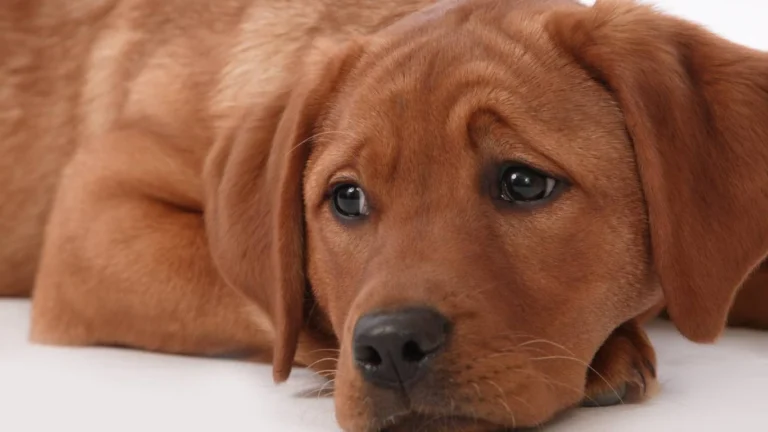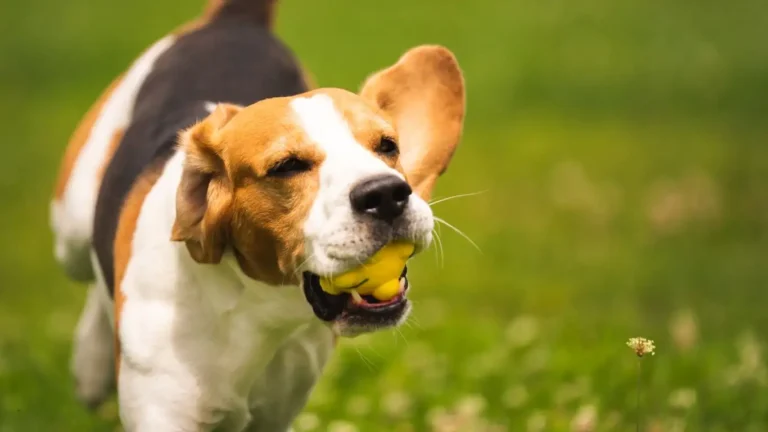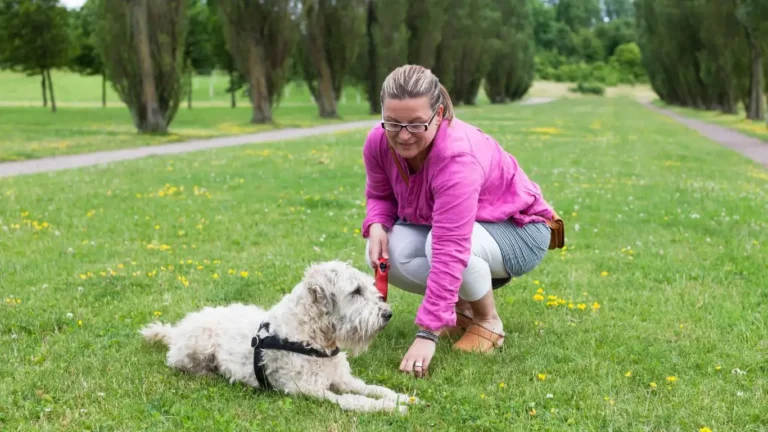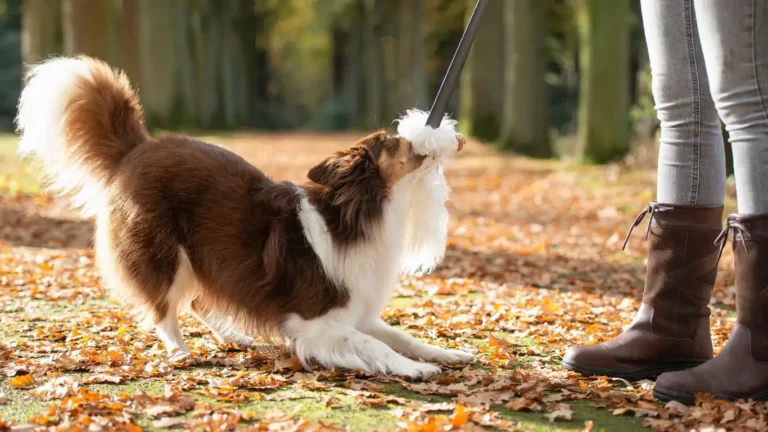Train Your Dog to Play Gently With Puppies: Proven Steps That Work
If you’ve ever watched a full-grown dog roughhouse with a tiny pup and felt your heart skip a beat, you’re not alone. One of the most important skills I teach through my work as a Canine-Assisted Therapy Trainer is how to train a dog to play gently with puppies. It’s not just about preventing accidental injuries — it’s about teaching dogs empathy, restraint, and social finesse. And honestly? It’s incredibly rewarding watching that big tail-wagging goofball of a dog learn how to be soft and sweet with the little ones.
Why Teaching Gentle Play Matters
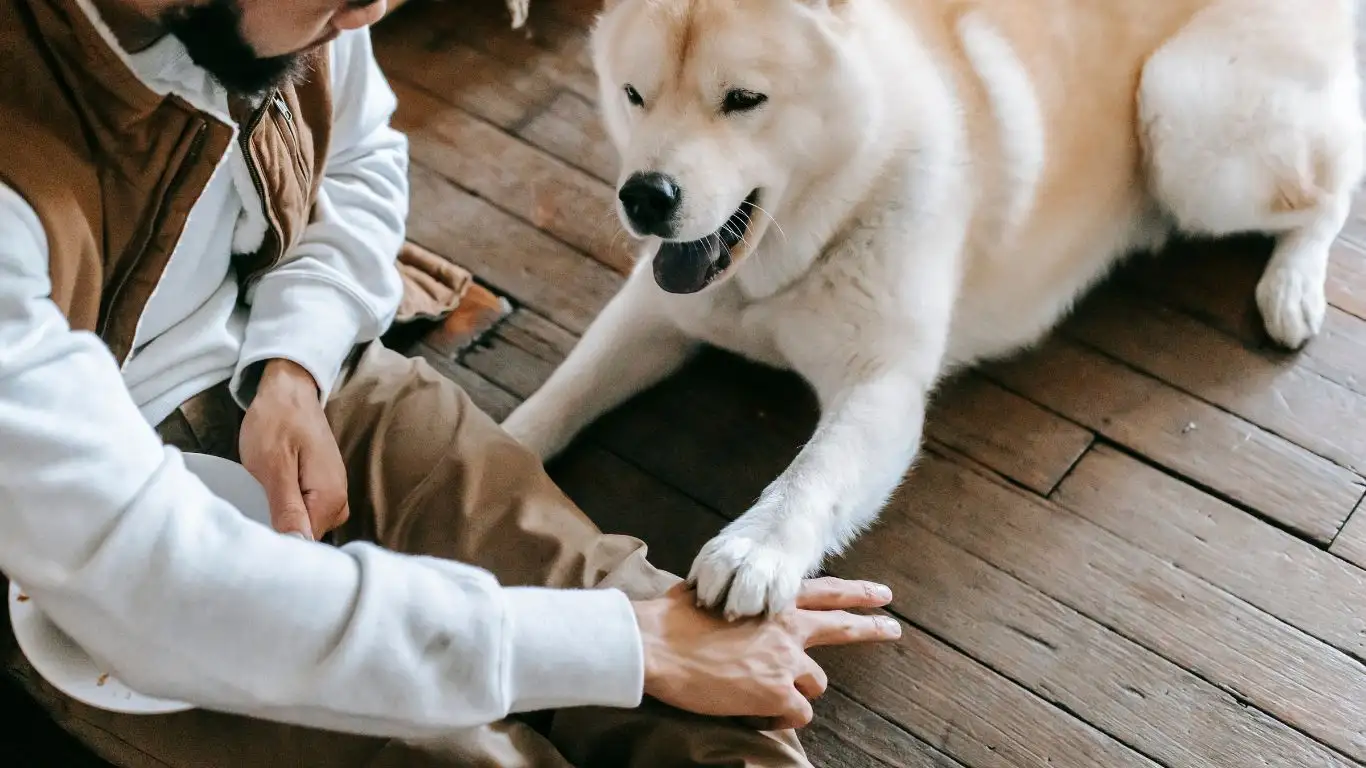
Dogs aren’t born knowing how to be gentle with puppies. Just like toddlers learning to share toys without throwing them across the room, older dogs need guidance and boundaries. Teaching gentle play ensures that interactions between your adult dog and any pups are safe, stress-free, and nurturing. As someone who’s introduced countless therapy dogs to puppies-in-training, I can say with confidence: when done right, it builds deep trust and social intelligence.
Preventing Accidental Harm
Even the sweetest dog can accidentally hurt a puppy if they don’t know how to regulate their strength. Puppies have softer bones, thinner skin, and are still learning their own social cues. A single enthusiastic paw swipe or rough nip can lead to injuries. That’s why early and thoughtful training is so crucial.
Setting the Stage for Lifelong Social Skills
One of the coolest things I’ve noticed is how dogs trained to be gentle with puppies often become the “parent figures” in group settings. They learn to model calm, appropriate behavior, not just with puppies, but with nervous adult dogs too. It’s like they become the wise uncles and aunties of the dog park.
Start with the Right Energy
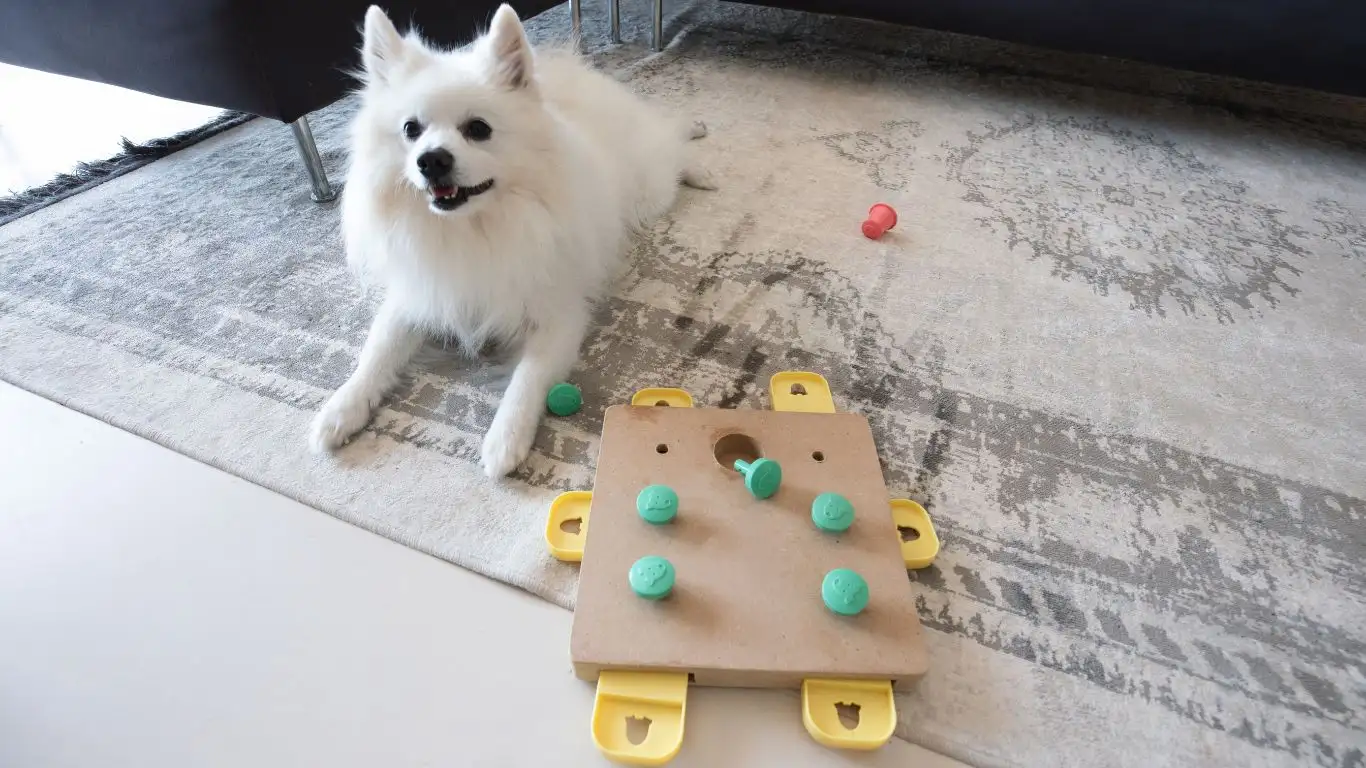
If your dog comes into puppy playtime like a bouncing pinball, it’s not going to end well. So, the first step? Train your dog to enter play sessions calmly. I always tell my clients, “You can’t expect your dog to play gently if they’re not feeling gentle to begin with.”
Burn Off Excess Energy First
- Take your adult dog on a short walk or play fetch before introducing them to a puppy.
- A tired dog is a calmer dog — which is exactly what we want during early interactions.
Use a Controlled Introduction
Never just toss them together and hope for the best. Start with a leash or baby gate between them. Let your dog sniff and observe before meeting nose-to-nose. Watch their body language like a hawk — loose tail, soft eyes, and relaxed ears are green lights. Stiff body, hard stare, or a fast wagging tail held high? That’s a no-go for now.
Teach the Meaning of “Gentle”
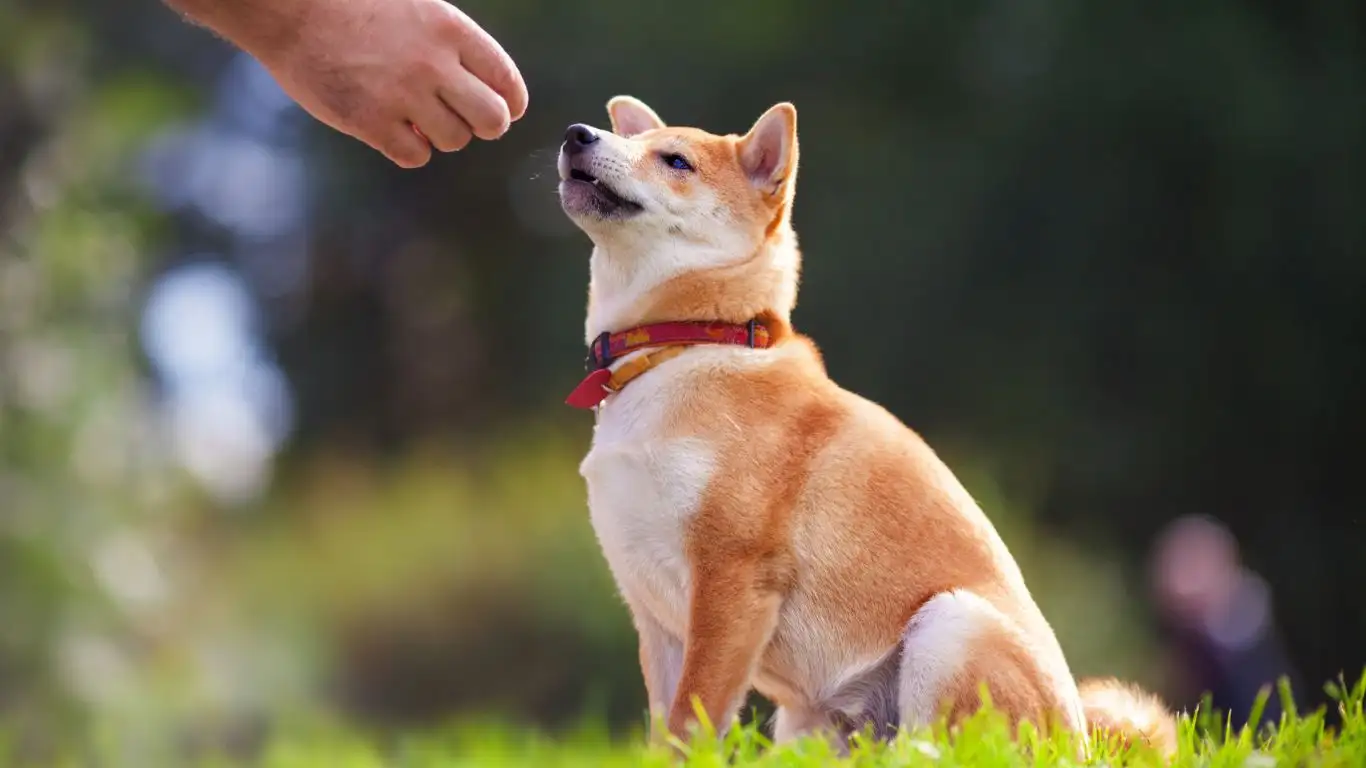
Yes, dogs can learn the concept of “gentle” — and not just as a command, but as a behavior pattern. One of my German Shepherds, Max, used to be a bull-in-a-china-shop type. Sweet as pie, but totally clueless about his own strength. After weeks of consistent training, he now lies down to play when he sees a puppy and lets them crawl all over him. That shift didn’t happen overnight, but it did happen with intention.
Use Verbal Cues and Positive Reinforcement
- Start by saying “gentle” during calm, slow interactions. Associate the cue with treats, pets, and praise.
- If your dog gets too rough, calmly separate them and try again. No yelling, just redirection.
- Reward every soft movement or play bow. This teaches your dog what success looks like.
Body Language is Key
Your dog will take a lot of their cues from you. If you tense up or shout, they may interpret that as play escalating — or they may get stressed. Stay relaxed, speak in a soft tone, and move slowly when intervening. Show your dog what calm leadership looks like.
Watch for Stress Signals in Puppies
This one’s often overlooked. While we focus on the adult dog’s behavior, it’s just as important to make sure the puppy isn’t feeling overwhelmed or unsafe.
Signs a Puppy Is Not Enjoying Play:
- Tail tucked or ears pinned back
- Backing away or hiding
- Yelping, lip licking, or wide eyes
If you see any of these, pause the interaction and give the puppy space. Let them approach when they’re ready. Gentle play is a two-way street, and your adult dog needs to learn to respect a puppy’s boundaries too.
Monitor Play and Step In When Needed
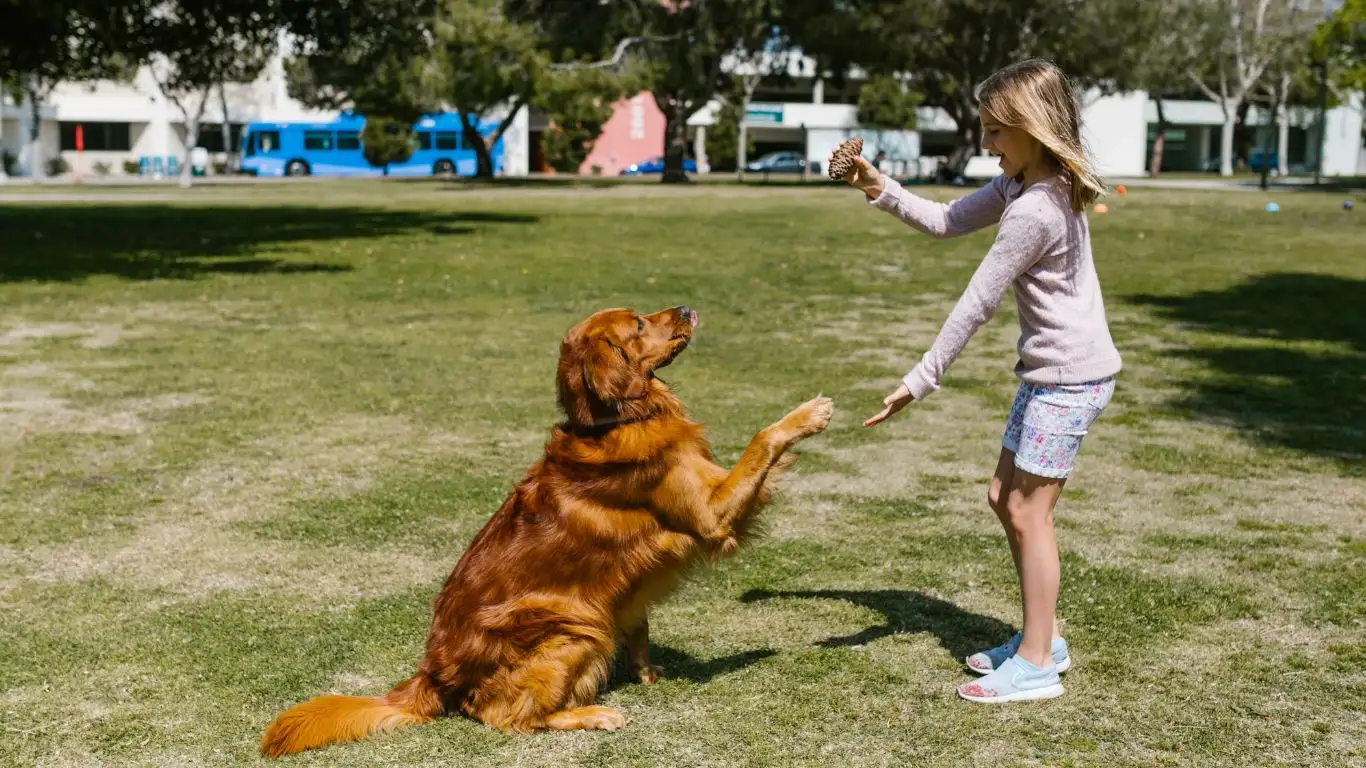
One of the biggest misconceptions I see with new dog owners — and even some seasoned ones — is the idea that dogs will just “figure it out.” Nope. That’s like letting kids settle a playground disagreement by themselves and hoping no one ends up crying. When teaching your dog to play gently with puppies, your role as referee is huge, especially early on.
Keep sessions short in the beginning — like 5 to 10 minutes. Watch for signs of over-excitement or overstimulation. And don’t be afraid to interrupt and reset the tone if things start getting too rowdy. I usually say something like “Okay, break time!” in a light, upbeat voice and lead them away for a little breather. It teaches that taking a pause doesn’t mean they’re in trouble — it just means time to chill.
Intervene Early, Not Late
- Step in the moment your dog starts getting too bouncy or intense — before things escalate.
- Use body blocking (gently stepping between the dogs) instead of grabbing collars or shouting.
- Redirect your dog with a treat, toy, or simple command like “sit” or “watch me.”
Use Toys to Redirect Rough Behavior
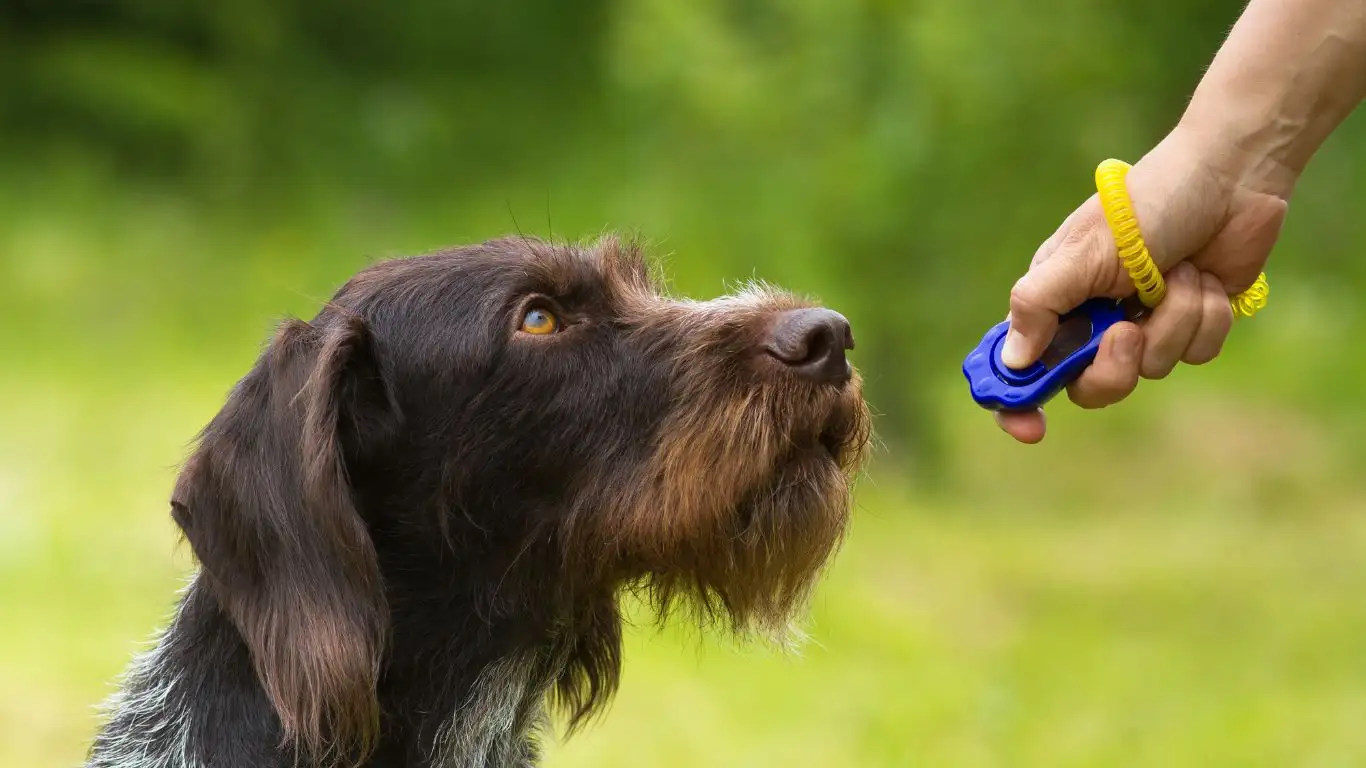
Sometimes dogs just need something else to focus their energy on — especially those high-drive types like Labs, Border Collies, or Boxers (I’ve worked with plenty, and trust me, they love a good game). That’s where toys come in handy. Instead of letting them chew on each other, redirect that excitement to a squeaky plush or tug rope.
Choose the Right Toys
- Soft toys are great for shared chewing and tugging — just monitor to prevent guarding.
- Long tug ropes give space between mouths, reducing accidental puppy nips.
- A flirt pole (basically a giant cat toy for dogs) can burn energy without full contact.
I always keep a tote bag of training toys on hand when doing puppy intro sessions. You’d be surprised how quickly a game of tug can break up a tense moment and shift energy in the right direction.
Model Calmness Through Your Own Behavior

This one’s all about what we trainers like to call energy transfer. Dogs are highly intuitive, and they absolutely feed off your vibe. If you’re anxious or overly hyped up, your dog will reflect that. But if you stay cool, relaxed, and clear-headed, you’ll set the tone for the whole interaction.
Whenever I introduce a therapy dog to a puppy for the first time, I take a minute to ground myself — deep breath, soft voice, slow movements. And then I mirror what I want from the dogs. If I sit on the ground and interact with both of them in a calm way, they pick up on it immediately. It’s wild how effective that can be.
Be the Anchor in the Room
- Speak in low, confident tones instead of high-pitched excitement.
- Move slowly and deliberately — quick jerky movements can trigger chase or hyper play.
- Reward calm behavior with praise, gentle touch, or treats — not just tricks!
Set Clear Boundaries — Every Time

This is one of the harder parts because it takes consistency, but it’s so worth it. I like to think of it as giving dogs a social blueprint. They’re not misbehaving out of malice — they just don’t know the rules until we teach them.
If your dog gets a little too mouthy with a puppy, calmly remove them for a brief break. If they try to jump or bowl over the pup, block with your body and redirect. Every time you reinforce what’s okay and what’s not, you’re reinforcing the idea that gentle play is not only possible — it’s expected.
What to Avoid:
- Don’t scold harshly. It can confuse or even frighten your dog.
- Don’t rely on physical corrections. You want playtime to feel safe and fun.
- Don’t ignore repeated rough behavior. Dogs learn what we allow.
Use Natural Consequences
Sometimes the best teacher is simply ending the fun. If your dog is being too rough, calmly remove them from playtime for a couple of minutes. When they rejoin and behave better? Praise the heck out of that. This method is especially powerful because it mirrors what other dogs do naturally — walk away when play gets too wild.
Reinforce Gentle Behavior Over Time
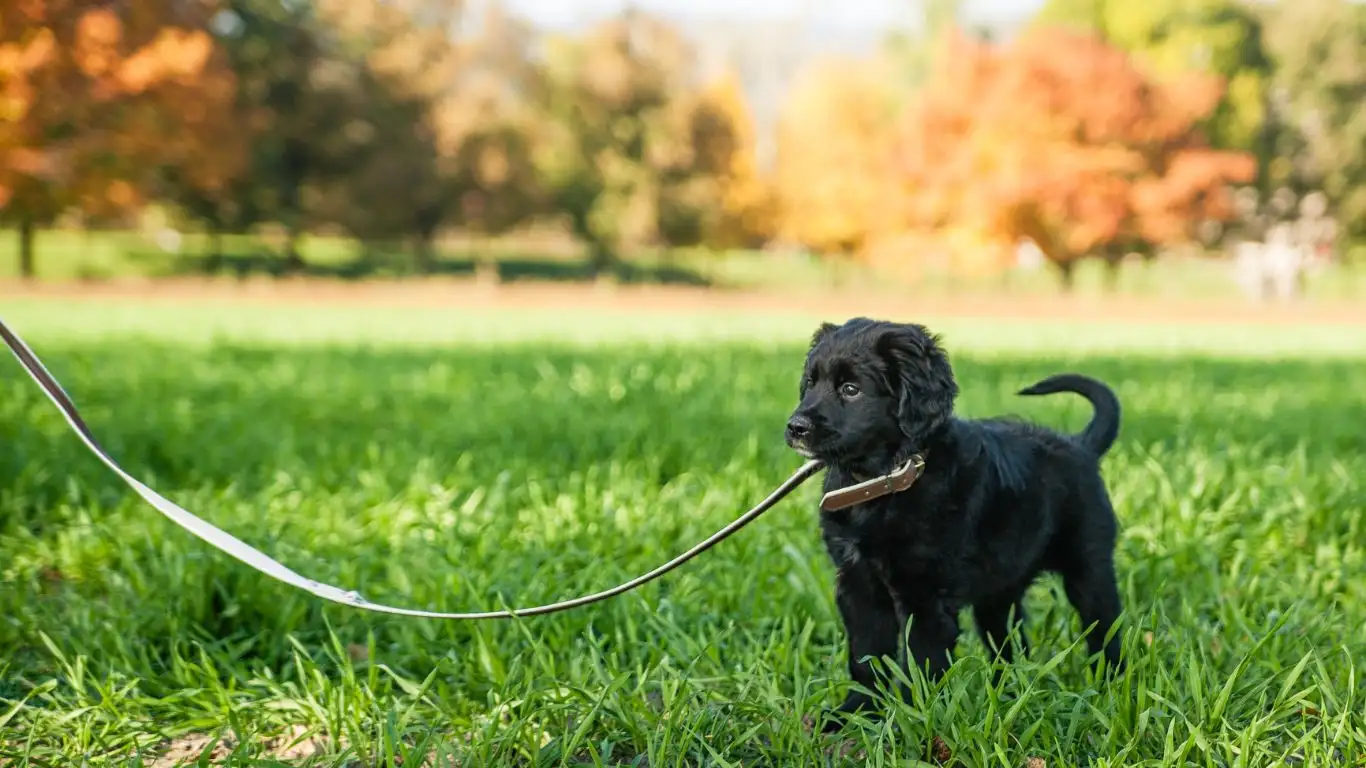
Here’s the thing: teaching a dog to play gently with puppies isn’t a one-and-done deal. It takes time, consistency, and a whole lot of repetition. Just like kids don’t master “use your inside voice” in one afternoon, your dog needs regular reinforcement to make gentle play a habit.
Back when I was working with one of our therapy Labradors, Daisy — who had a bit of a “bull in a china shop” vibe — I made sure to reward her every single time she chose calm over chaos. A soft sniff instead of a pounce? Treat. A slow tail wag instead of a full-body slam? Jackpot. Within a few weeks, she started defaulting to that gentle mode whenever she was around the puppies.
Make Gentle Play Their New Normal
- Incorporate daily exposure to calm interactions.
- Reward every small sign of restraint — even if it’s just a pause before play.
- Phase out treats over time, but keep verbal praise and petting strong.
Over time, your dog will understand that this is just “how we do things around here.” And honestly, that’s the goal — to have gentle play become second nature.
Let Puppies Set the Pace
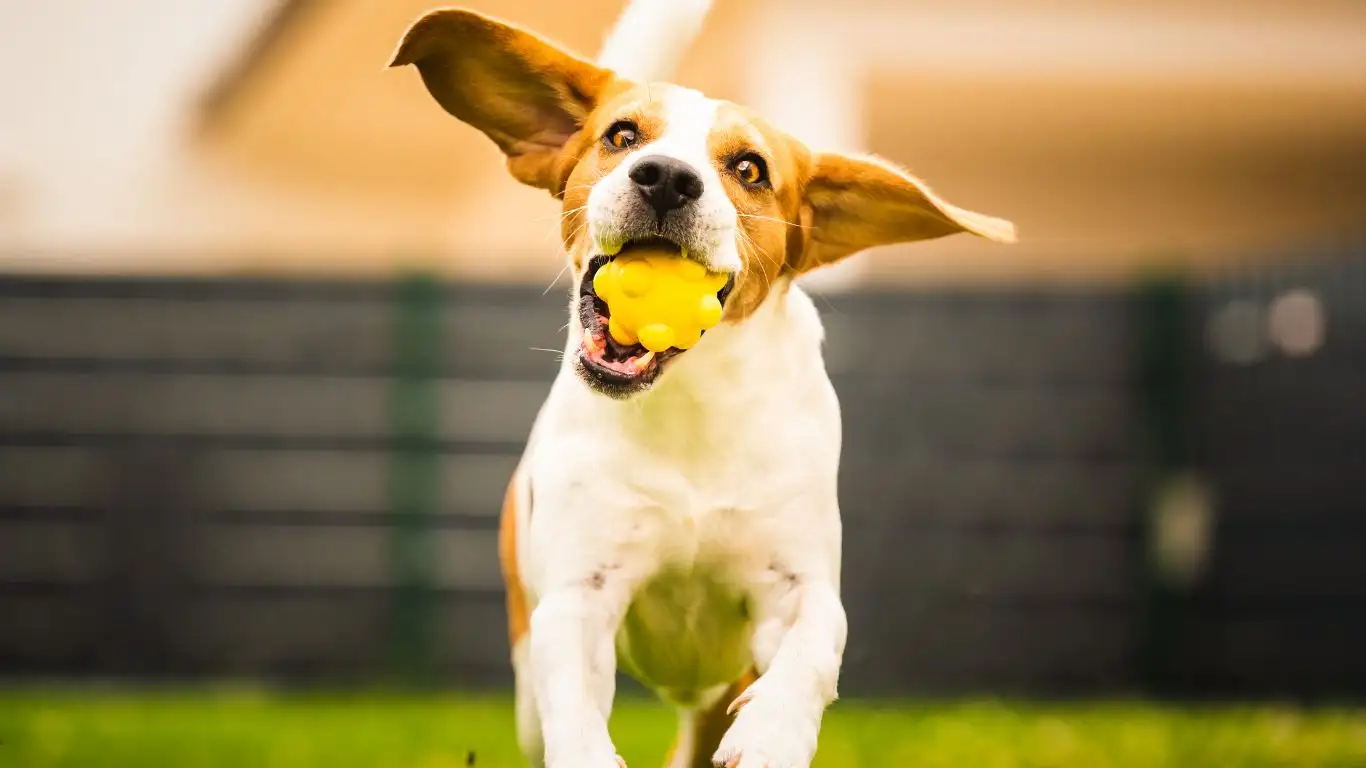
This one might sound simple, but it’s actually one of the most important pieces of the puzzle. Puppies are still figuring out the world — and they’re not all eager to jump right into play. Some are timid, others overly bold. Part of training your adult dog involves teaching them to read those signals and respond appropriately.
Let the puppy initiate contact. If they walk away, sniff elsewhere, or retreat under a chair, that’s your cue to pause the session. Your adult dog needs to learn to wait for permission, in a way. I’ve seen dogs who were trained this way become fantastic role models for new litters — calm, patient, and incredibly respectful.
Teach “Back Off” or “Leave It” Cues
- Use these cues when a puppy is showing signs of discomfort.
- Pair the cue with redirection — like a treat or a different toy.
- Practice outside of playtime to reinforce the behavior.
One trick I use is practicing the “leave it” cue with food first, then transitioning to objects, and finally to social situations. It helps dogs build impulse control in real-life scenarios — which is a game-changer around fragile puppies.
Celebrate Small Wins — And Be Patient With Setbacks
I’m gonna be real with you: this process won’t be perfect. There will be moments when your dog gets too excited, or the puppy gets overwhelmed, or you’re not sure if it’s play or something else. That’s okay. Progress isn’t linear, especially when you’re shaping behavior that’s mostly instinct-driven.
What matters is how you respond. Celebrate the tiny victories — a soft paw touch, a calm sniff, a respectful pause. And when things go sideways? Take a breath, reset, and try again. Dogs are forgiving, resilient learners — and with your consistency and leadership, they’ll get there.
When to Call in a Pro
- If your dog shows signs of aggression (growling, snapping, lunging) around puppies.
- If the puppy is showing prolonged signs of fear or stress.
- If you feel overwhelmed or unsure how to manage interactions.
There’s no shame in reaching out to a certified trainer or behaviorist. In fact, I encourage it! Sometimes a fresh set of eyes can identify subtle issues you might miss. And the support can really boost your confidence, too.
References
Disclaimer
This article is based on my professional experience as a Canine-Assisted Therapy Trainer and is intended for informational purposes only. It does not replace individualized advice from a certified trainer or veterinary professional. Every dog is unique — always consider your dog’s specific needs and consult a professional when necessary.
